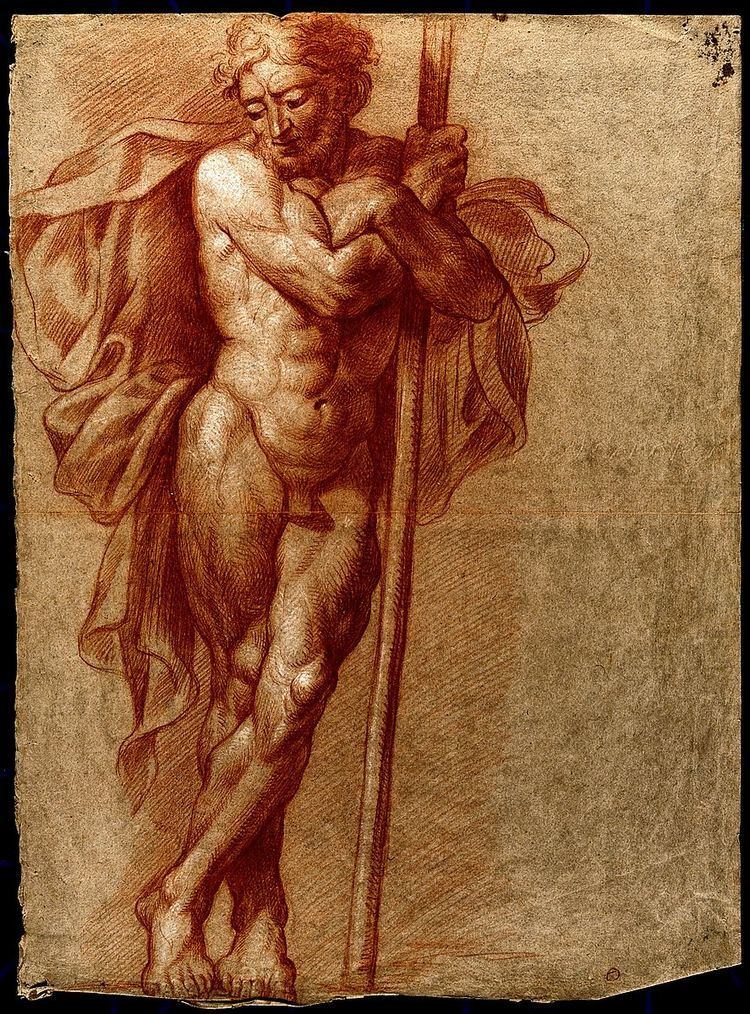 | ||
The manner in which a person folds arms is one of the clearest dynamic morphological characteristics by which each person can be assigned to one of two alternative phenotypes. Interestingly, once adopted manner of arms folding across the chest does not change throughout the lifetime and persons easily give up the unusual folding position, most commonly at the first attempt. It has been shown that the phenotypes of these properties are distributed independently with left-handed and right-handed people.
Contents
If, after arms folding, the right arm is above the left forearm, the phenotype is characterised as R (right; the right type), and in the opposite case, i.e. if the left arm is positioned above the right, it is the phenotype L (left; left-type).
Factors and history
Falk and Ayala (1971) in their research found that these variants are largely inherited, although their genetic make up cannot be attributed the existing Mendelian models. [1] In this regard, Ferronato et al. (1974) found no significant correlation between parents and children. Individual type of arms folding is slightly less studied than the manner of clasping hands. In search of the main factors that determine this dimorphism, the same difficulties emerge as with clasping hands. However, utilising the findings and the views of many authors, it can be concluded that the manner of arms folding is hereditary and that it inherits the model that does not fit into the genetics concept of simple Mendelian characters, although in this respect there are contradictory findings. The main conclusion is that the manifestation of alternative phenotypes with these characteristics is irrespective of sex and age, and that it is not related to handedness.
Supporting of the assumptions that genetic factors play an important role in forming these properties, are reinforced by the data of a very heterogeneous frequencies of alternative phenotypes (R and L) in the explored portion of the world's population.
Phenotype R distribution
The data in the following table summarize R distributions in various areas as concluded by the cited studies.
